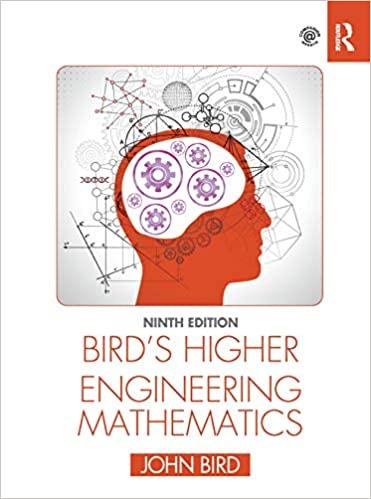Question
Project Description determine whether or not there exits difference in COVID-19 incidences across two US states of your choice using COVID-19 data, namely, Total Cases
Project Description determine whether or not there exits difference in COVID-19 incidences across two US states of your choice using COVID-19 data, namely, Total Cases and Total Deaths and US population data by state. To complete your project, you will use secondary; 2020 CDC COVID-19 Cases and Deaths by State over time - 2020 (https://data.cdc.gov/Case-Surveillance/United-StatesCOVID-19-Cases-and-Deaths-by-State-o/9mfq-cb36/data) to estimate the difference in COVID-19 incidences across two states (The Excel file on this dataset is attached). YAlso have to test the hypothesis of no difference in COVID-19 incidences across two states. Steps for conducting the statistical analysis are described below. 1. Data collection and visualization - Part 1 The dataset on COVID-19 Total Cases and Total Cases by state in 2020 and on the US population by state in 2020 is attached. Select a simple random sample for your selected states which must be the third of the total number of observations. If the third of observations is less than 30, increase the number to 30 by randomly selecting the missing observations. Next, generate the COVID-19 Total Cases per 100,000 people (C19TCP100T) and the COVID-19 Proportion of Total Deaths in Total Cases (C19PTDITC) To generate the C19TCP100T for each state, generate first the population in 100,000 units by dividing the population of state by 100,000. Then, divide Total Cases by the population in 100,000 units to generate the C19TCP100T for each state. To generate C19PTDITC for each state, divide the Total Deaths for the state by the Total Cases for the same state and multiply the results by 100 to express it as a percent. Next, plot the C19TCP100T for the two samples in the same chart (visualization) to detect whether or not there exist differences in Total Cases per 100,000 people. Do the same for the C19PTDITC. The visualizations should be presented using EXCEL or SPSS visualizations. 2. Estimation of the mean, variance and standard deviation for each of the two COVID-19 variables - Part 2 This step consists of estimating the mean, variance and standard deviation for each of the 2 COVID-19 variables for each state, that is, C19TCP100T and C19PTDITC. Those statistics can be generated in Excel using Data => Data Analysis => Descriptive Statistics (select Summary Statistics)
3. Point estimation and interval estimation of C19TCP100T differentials and of C19PTDITC differentials across the two states - Part 3 The estimates of the means C19TCP100T, their standard deviations as well as their sample sizes are the inputs needed to calculate point estimate and the interval estimation of C19TCP100T differentials (use the confidence level of your choice, preferably between 95% and 99%). Likewise, the estimates of means C19PTDITC, their standard deviations as well as their sample sizes are the inputs needed to calculate point estimate and the interval estimation of C19PTDTC differentials (use the confidence level of your choice, preferably between 95% and 99%). If the sample size of each state is 30 or more, assume that the standard deviation from the sample is the same as the population standard deviation and use the Z distribution to construct the confidence interval. But, if the sample size of your group is less than 30, use the t distribution to construct the confidence interval. Next, reduce the margin of error by 75% and calculate the sample size needed to achieve such target. Finally, reconstruct the confidence intervals of estimates of C19TCP100T differential that would result from such simple sample. Repeat the same procedure for the C19PTDITC differentials.
Step by Step Solution
There are 3 Steps involved in it
Step: 1

Get Instant Access to Expert-Tailored Solutions
See step-by-step solutions with expert insights and AI powered tools for academic success
Step: 2

Step: 3

Ace Your Homework with AI
Get the answers you need in no time with our AI-driven, step-by-step assistance
Get Started


